Shubhanshu to return to Earth on Tuesday, splashdown at 3pm
After 18 days aboard the ISS, Ax-4 astronaut Shubhanshu Shukla prepares to return on 15 July , marking India's second human spaceflight.
PTI
-
Shukla has spent 18 days in space, witnessing 16 sunrises and sunsets every day.
New Delhi, 13 July
After 18 days of intense science experiments at the International Space
Station, it is time for farewells and feasts for Shubhanshu Shukla and three
other astronauts of the Axiom-4 mission who are set to begin their return
journey to Earth on Monday.
The Axiom 4 (Ax-4)
crew — Commander Peggy Whitson, Pilot Shubhanshu "Shux" Shukla, and
Mission Specialists Slawosz "Suave" Uznanski-Wisniewski and Tibor
Kapu — are nearing the completion of their research and preparing to undock.
"Arrival back
to earth.... splash down scheduled for 15 July at 3pm IST," Science and
Technology Minister Jitendra Singh said on X.
As the Axiom-4
mission drew to a close, astronauts on board the ISS gathered for a feast with
a diverse menu from the six nations they represent.
Currently, there
are 11 astronauts on the ISS, seven of Expedition 73 and four of the Axiom-4
commercial mission.
"One of the
most unforgettable evenings I've experienced on this mission was sharing a meal
with new friends, Ax-4, aboard the International @Space_Station," US
astronaut Jonny Kim said on X last week.
"We swapped
stories and marvelled at how people from diverse backgrounds and nations came
together to represent humanity in space," he said.
For appetisers,
the astronauts made rehydrated shrimp cocktails and crackers and the main
course featured savoury chicken and beef fajitas. The cosmonauts capped the
night with a delicious cake made from sweet bread, condensed milk, and walnuts,
Kim said.
Shukla had got aam
ras and carrot halwa for the feast, while Polish astronaut Slawosz had brought
his native dish, pierogi with cabbage and mushrooms, to the ISS.
It has been a
historic trip for Shukla, who became the first Indian to travel to the ISS and
only the second to travel to space after Rakesh Sharma's pathbreaking
spaceflight as part of the then Soviet Russia's mission to Salyut-7 space
station in 1984.
So far, Shukla has
spent 18 days in space, witnessing 16 sunrises and sunsets every day as the ISS
travels at a speed of 28,000 km per hour in an orbit about 400 km above the
Earth.
According to ISRO,
post splashdown, Shukla will undergo a rehabilitation programme (about 7 days)
under the supervision of a flight surgeon to adapt back to Earth's gravity.
ISRO paid
approximately Rs 550 crore for Shukla's travel to the ISS, an experience that
will help the space agency in the planning and execution of its human
spaceflight programme, Gaganyaan, set to take to orbit in 2027.
Shukla and the
three other astronauts are expected to board the spacecraft at 2.25 pm IST,
wear their space suits and carry out the necessary tests before they begin
their journey to the Earth.
The ISS is
orbiting the Earth at a speed of 28,000km per hour, and the Dragon spacecraft
will initiate the autonomous undocking process to gradually slow down and
re-enter the planet's atmosphere for a splashdown off the coast of California.
"The Dragon
spacecraft will return with more than 580 pounds of cargo, including NASA
hardware and data from over 60 experiments conducted throughout the
mission," NASA said.
During his stay at
the ISS, Shukla worked on the microalgae experiment, deploying and stowing
samples that could one day provide food, oxygen and biofuels for deep-space
missions, Axiom Space said in a statement.
The crew also
continued the Voyager Displays study, which examines how spaceflight affects
eye movement and coordination.
The crew collected
data for a study to explore how astronauts perceive and interact with their
environment in orbit, which is critical for designing mentally supportive
habitats for long-duration missions.
Another study
focused on cerebral blood flow, investigating how microgravity and elevated
carbon dioxide levels affect cardiovascular function, which could later benefit
both astronauts and patients on Earth.
Radiation exposure was monitored using the compact Rad Nano Dosimeter, a tool to assess astronaut safety.
Leave a Reply
Your email address will not be published. Required fields are marked *








.jpg)

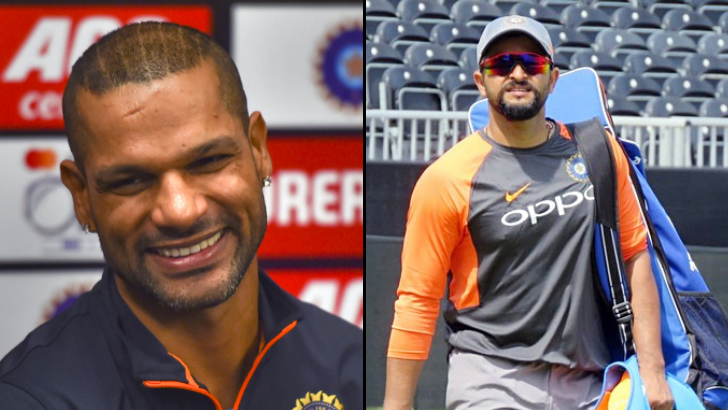
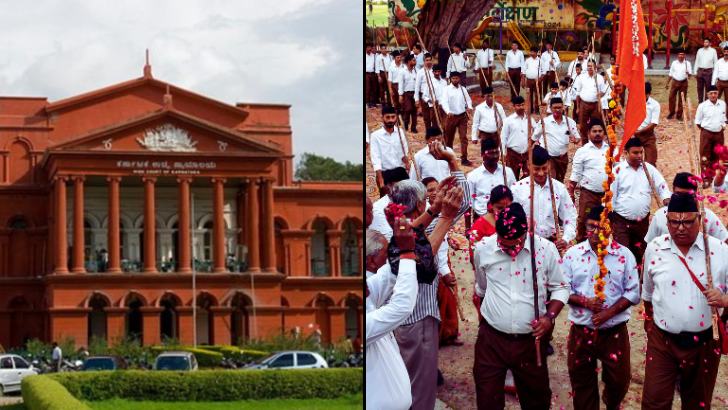
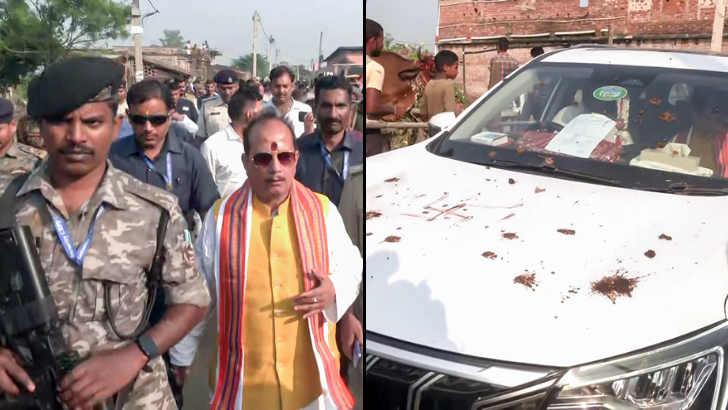

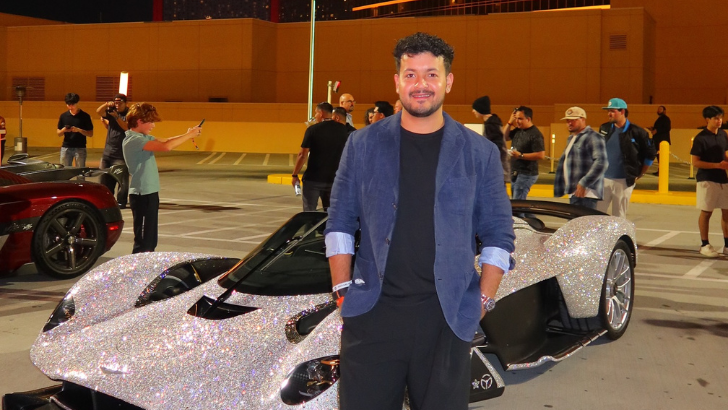
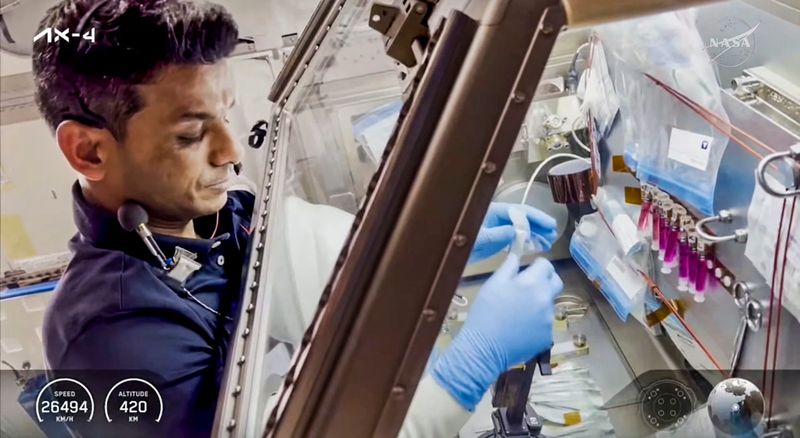
.png)
.png)
.png)
.png)
